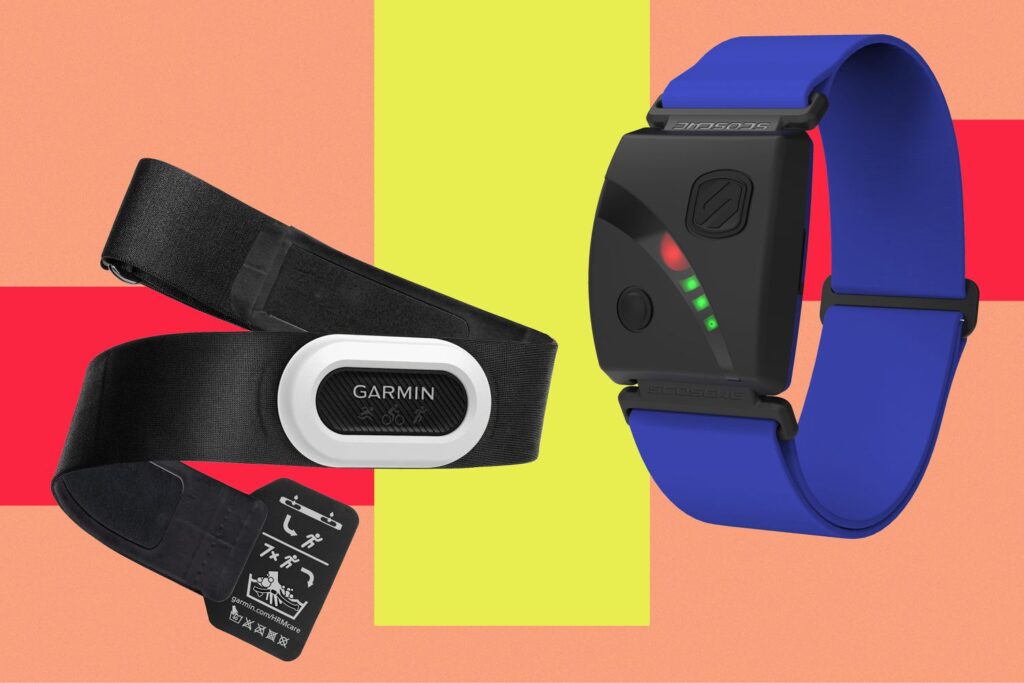Blog
The Best Tools for Tracking Blood Oxygen Levels During Workouts
Monitoring your blood oxygen levels (SpO₂) during workouts has become increasingly popular among athletes, fitness enthusiasts, and individuals looking to optimize their performance and recovery. Blood oxygen tracking tools provide real-time insights into how efficiently your body is delivering oxygen to your muscles, enabling you to tailor your workouts and avoid overexertion.
In this article, we’ll explore the best tools for tracking blood oxygen levels during workouts, their features, and how they can help you achieve your fitness goals.
1. Why Track Blood Oxygen Levels During Workouts?
1. Improve Performance

- Monitoring SpO₂ helps determine if your body is receiving enough oxygen during high-intensity exercises.
- Optimizes breathing techniques for endurance sports like running, cycling, or swimming.
2. Prevent Overexertion
- Low SpO₂ levels can indicate that your body is struggling to deliver oxygen efficiently.
- Tracking helps you recognize when to slow down or rest to avoid potential health risks.
3. Enhance Recovery
- Post-workout oxygen levels can indicate how well your body is recovering.
- Ensures you’re ready for your next session without risking fatigue or injury.
2. How Blood Oxygen Monitoring Works
Blood oxygen tracking tools use pulse oximetry, a non-invasive method that measures oxygen saturation in the blood. A light beam passes through the skin, detecting the percentage of oxygenated hemoglobin in the blood.
Most tools display results as a percentage, with normal SpO₂ levels typically ranging between 95% and 100%. Levels below 90% may indicate a need for rest or medical attention.
3. Top Tools for Tracking Blood Oxygen Levels During Workouts
1. Garmin Forerunner 945
Features:
- Integrated Pulse Ox sensor tracks blood oxygen levels during workouts and sleep.
- Offers advanced fitness metrics, including VO₂ max, training load, and recovery time.
- GPS tracking for outdoor activities like running and cycling.
Benefits:
- Combines oxygen tracking with comprehensive workout insights.
- Ideal for endurance athletes and outdoor enthusiasts.
- Provides data for optimizing performance and recovery.
Best For:
Runners, cyclists, and triathletes looking for a high-performance wearable.
2. Apple Watch Series 8
Features:
- Built-in blood oxygen sensor provides on-demand SpO₂ readings.
- Tracks heart rate, calories burned, and workout intensity.
- Integrates with the Apple Fitness+ ecosystem for personalized workout plans.
Benefits:
- Seamless integration with iOS devices for health tracking.
- Stylish, multipurpose design for daily wear.
- Offers detailed health insights beyond oxygen monitoring.
Best For:
Apple users seeking a versatile smartwatch with advanced fitness and health features.
3. Fitbit Sense 2
Features:
- Tracks SpO₂ levels during workouts and sleep.
- Measures heart rate variability (HRV), stress levels, and skin temperature.
- Provides detailed health metrics via the Fitbit app.
Benefits:
- Affordable alternative to high-end fitness trackers.
- Combines SpO₂ tracking with holistic health monitoring.
- Easy-to-use interface with personalized recommendations.
Best For:
Individuals seeking a budget-friendly wearable for fitness and wellness tracking.
4. Polar Vantage V2

Features:
- Tracks blood oxygen levels and VO₂ max for endurance performance.
- Includes advanced training tools like recovery tests and workout planning.
- Durable, lightweight design for intense training sessions.
Benefits:
- Ideal for professional athletes and serious fitness enthusiasts.
- Provides actionable insights to improve training efficiency.
- Water-resistant design makes it suitable for swimming.
Best For:
Athletes focused on optimizing endurance and recovery.
5. Wellue O2Ring
Features:
- Continuous SpO₂ and heart rate monitoring during workouts or rest.
- Vibrates when oxygen levels fall below a preset threshold.
- Syncs with a smartphone app for detailed reports.
Benefits:
- Discreet, ring-style design for comfortable wear.
- Real-time alerts to prevent overexertion.
- Tracks long-term trends for health analysis.
Best For:
Users looking for a lightweight, non-wrist-based option for blood oxygen monitoring.
6. Amazfit GTR 4
Features:
- Built-in SpO₂ sensor for 24/7 oxygen level tracking.
- Tracks over 150 sports modes, including high-intensity interval training (HIIT).
- Long battery life lasting up to 14 days.
Benefits:
- Great for users who want a versatile and long-lasting wearable.
- Combines fitness tracking with stylish design.
- Affordable compared to other high-end smartwatches.
Best For:
Fitness enthusiasts who value battery life and versatility.
7. Pulse Oximeter by Innovo
Features:
- Fingertip pulse oximeter for quick and accurate SpO₂ readings.
- Measures heart rate and perfusion index (PI).
- Compact and portable design for on-the-go use.
Benefits:
- Provides reliable readings without needing a smartwatch.
- Easy to use before, during, or after workouts.
- Budget-friendly option for basic oxygen tracking.
Best For:
Individuals who prefer a standalone device for simple oxygen monitoring.
8. Samsung Galaxy Watch 5
Features:
- SpO₂ monitoring alongside heart rate and body composition tracking.
- Sleep analysis with advanced insights into oxygen levels during rest.
- Integrates with the Samsung Health app for personalized coaching.
Benefits:
- Stylish design with comprehensive health features.
- Tracks fitness and recovery metrics in one device.
- Compatible with Android devices for seamless syncing.
Best For:
Android users seeking a premium smartwatch for fitness and health tracking.
4. How to Choose the Right Blood Oxygen Monitor
1. Determine Your Needs
- For casual tracking: Smartwatches like the Fitbit Sense 2 or Amazfit GTR 4 are great options.
- For advanced training: Devices like the Garmin Forerunner 945 or Polar Vantage V2 provide detailed insights.
2. Consider Compatibility
- Ensure the device integrates with your smartphone or fitness ecosystem (e.g., Apple Health, Samsung Health).
3. Check Features
- Look for additional features like heart rate tracking, VO₂ max, or recovery insights.
- Devices with vibration alerts are ideal for real-time feedback.
4. Prioritize Comfort and Battery Life
- Opt for lightweight designs for long-term wear.
- Choose devices with extended battery life for uninterrupted tracking.
5. Tips for Using Blood Oxygen Monitors Effectively
- Wear It Correctly: Ensure the device is snug and positioned as instructed for accurate readings.
- Track Consistently: Monitor SpO₂ regularly during and after workouts to identify trends.
- Pair with Fitness Goals: Use SpO₂ data to tailor workout intensity and optimize recovery.
- Avoid Overuse: Rest if oxygen levels drop below 90% to prevent overexertion.
- Sync Data: Analyze long-term trends in the accompanying app for better insights.
6. Conclusion
Blood oxygen tracking tools are invaluable for enhancing workout performance, preventing overexertion, and ensuring efficient recovery. From advanced smartwatches like the Garmin Forerunner 945 to compact devices like the Wellue O2Ring, there’s an option to suit every fitness level and need.
By integrating blood oxygen monitoring into your fitness routine, you can gain deeper insights into your body’s performance and make data-driven decisions to improve your health. Explore the options above, find the perfect device, and take your workouts to the next level!

